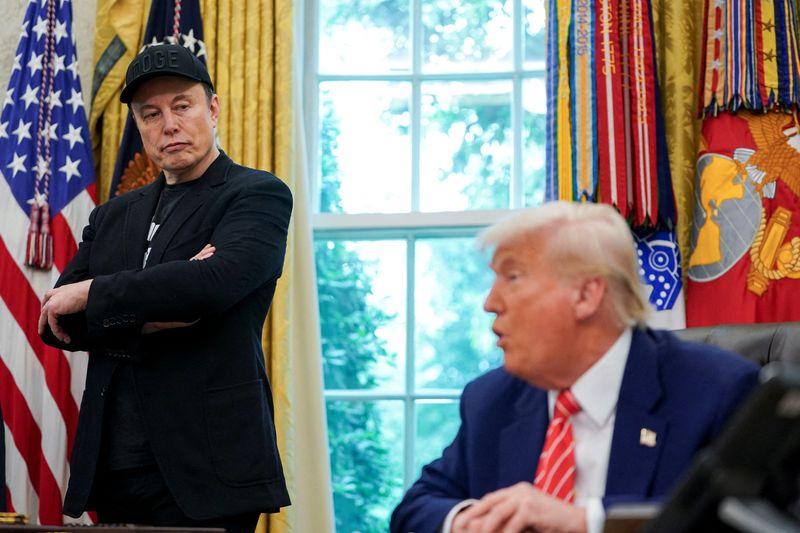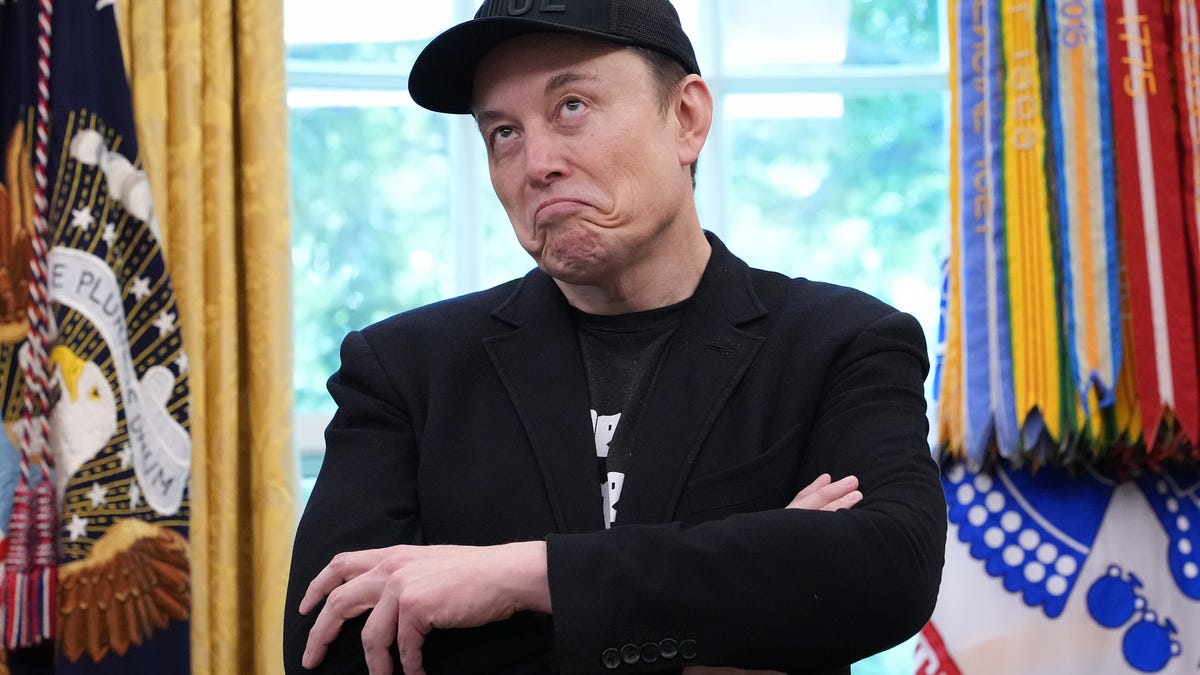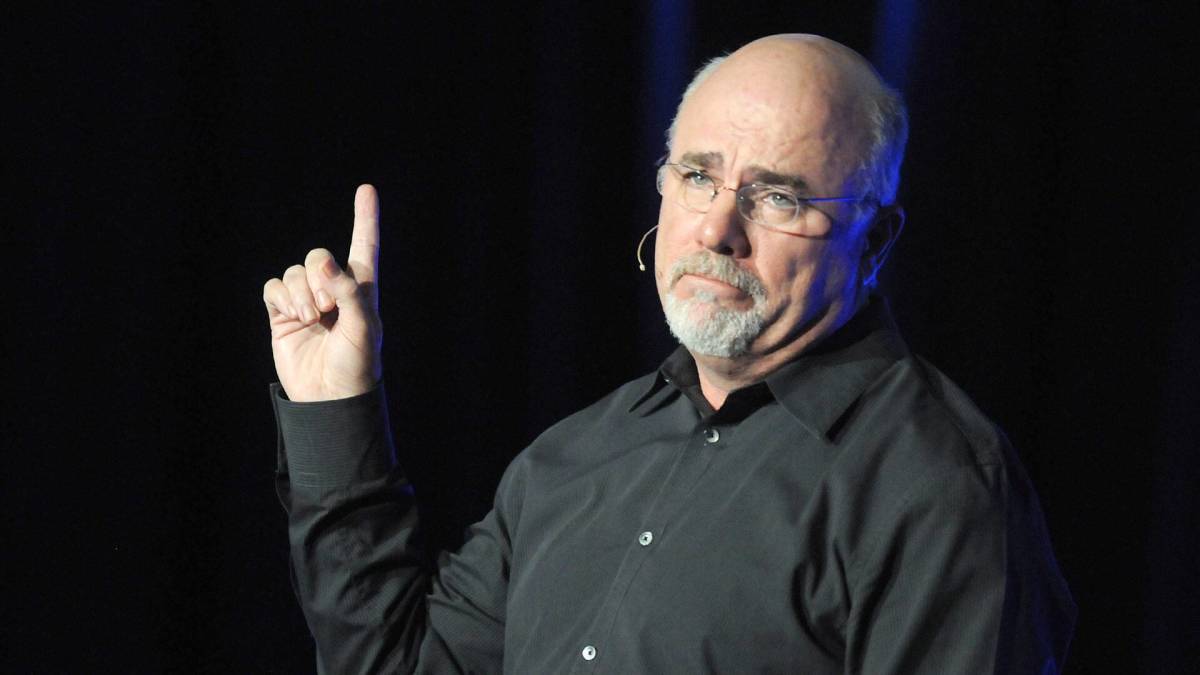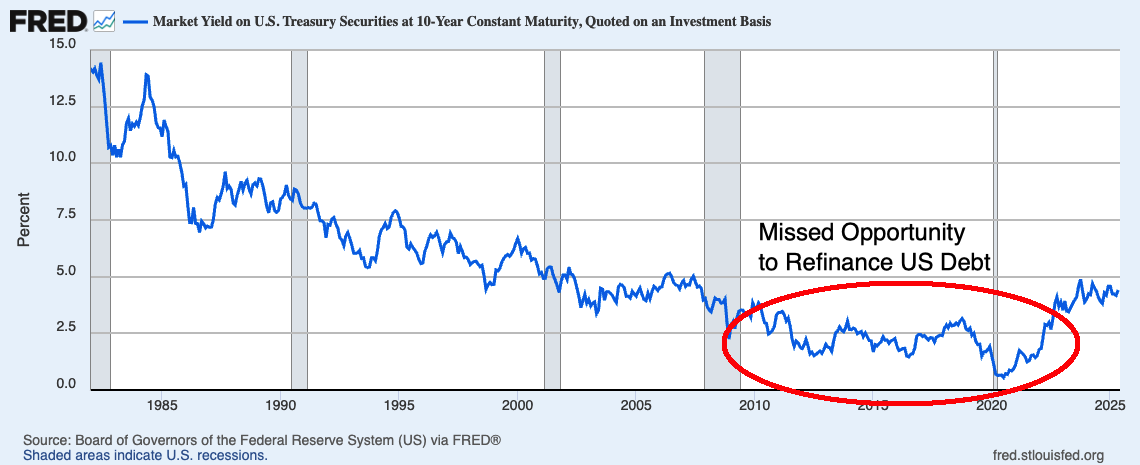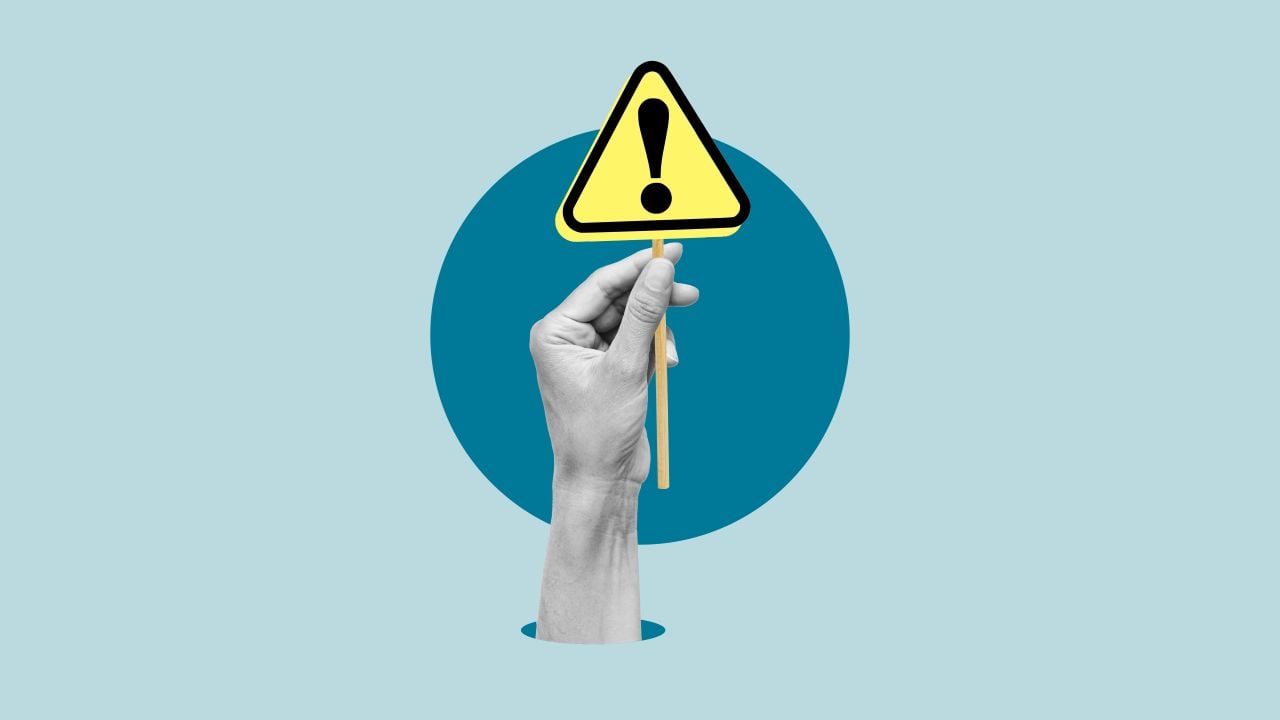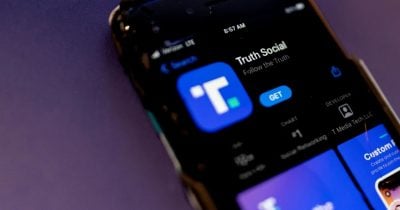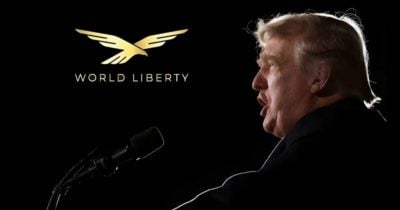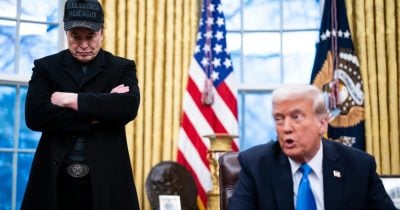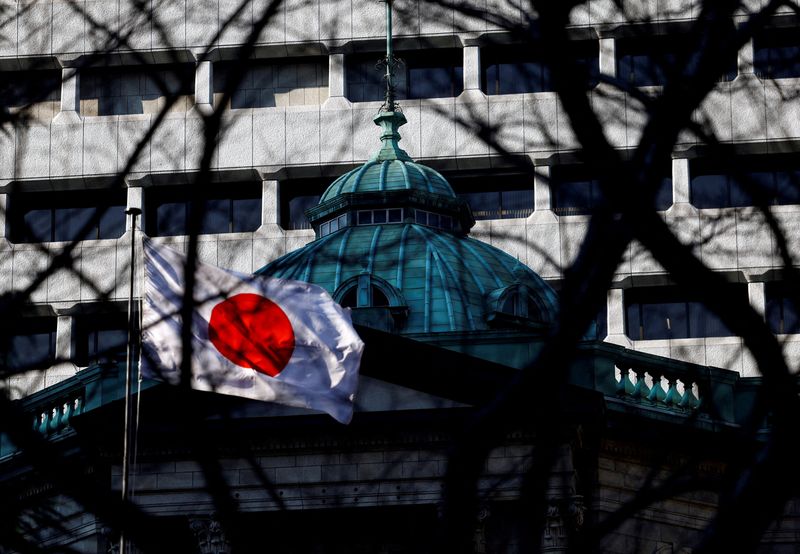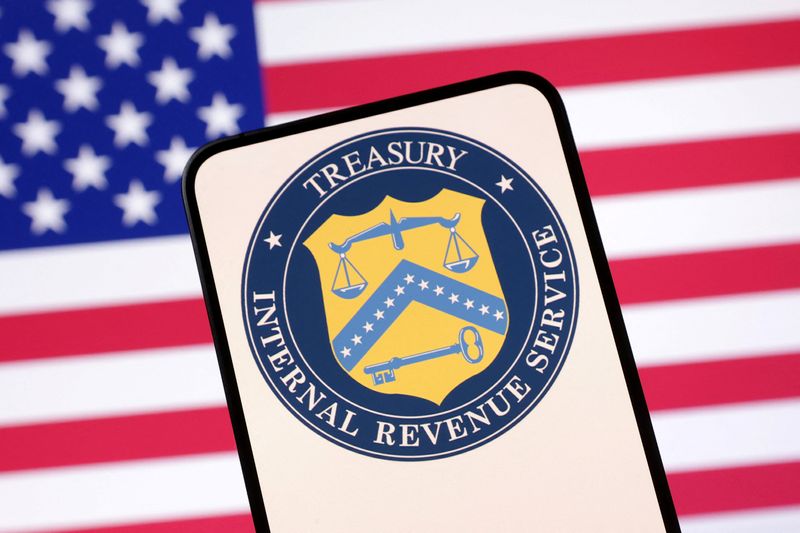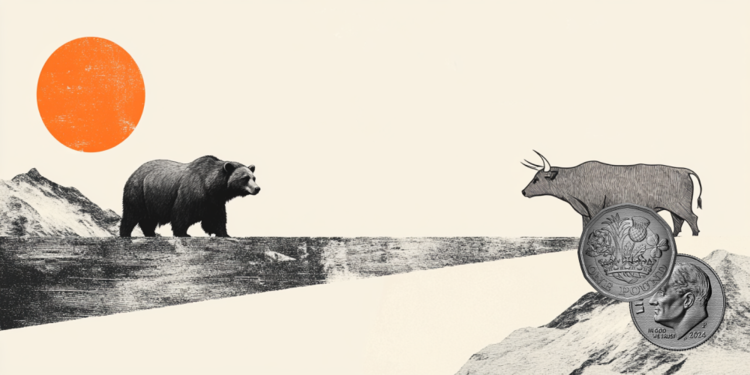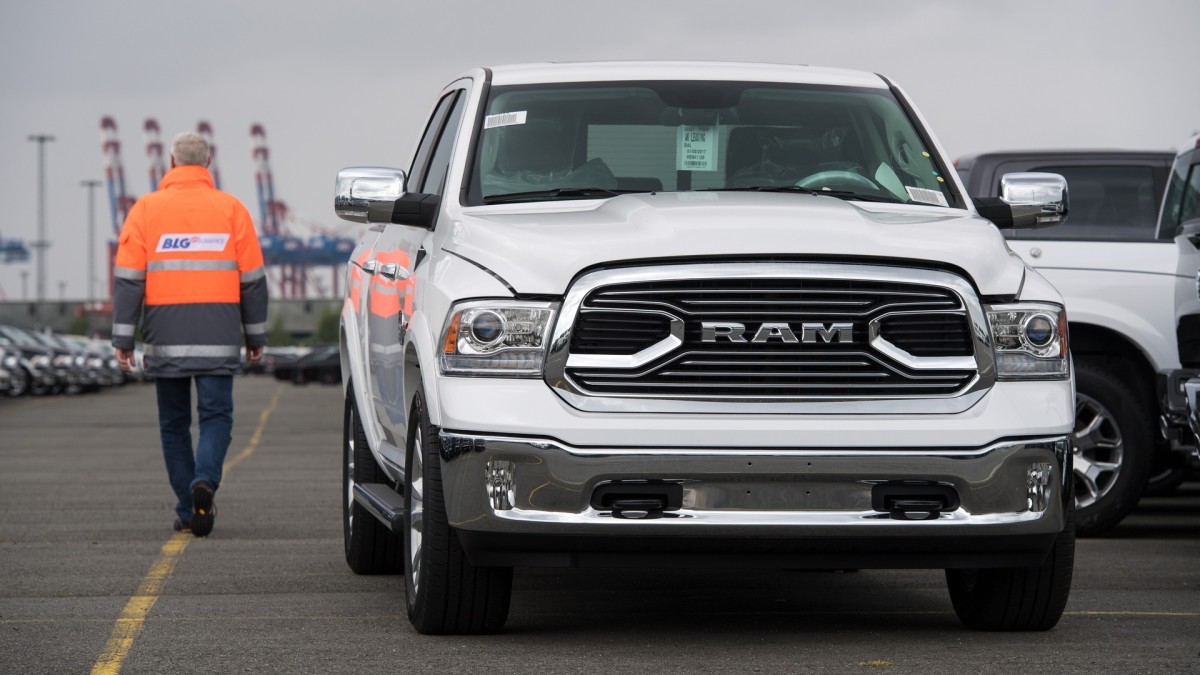Dior makes a risky move that could backfire
Dior just changed its playbook for the first time in decades.
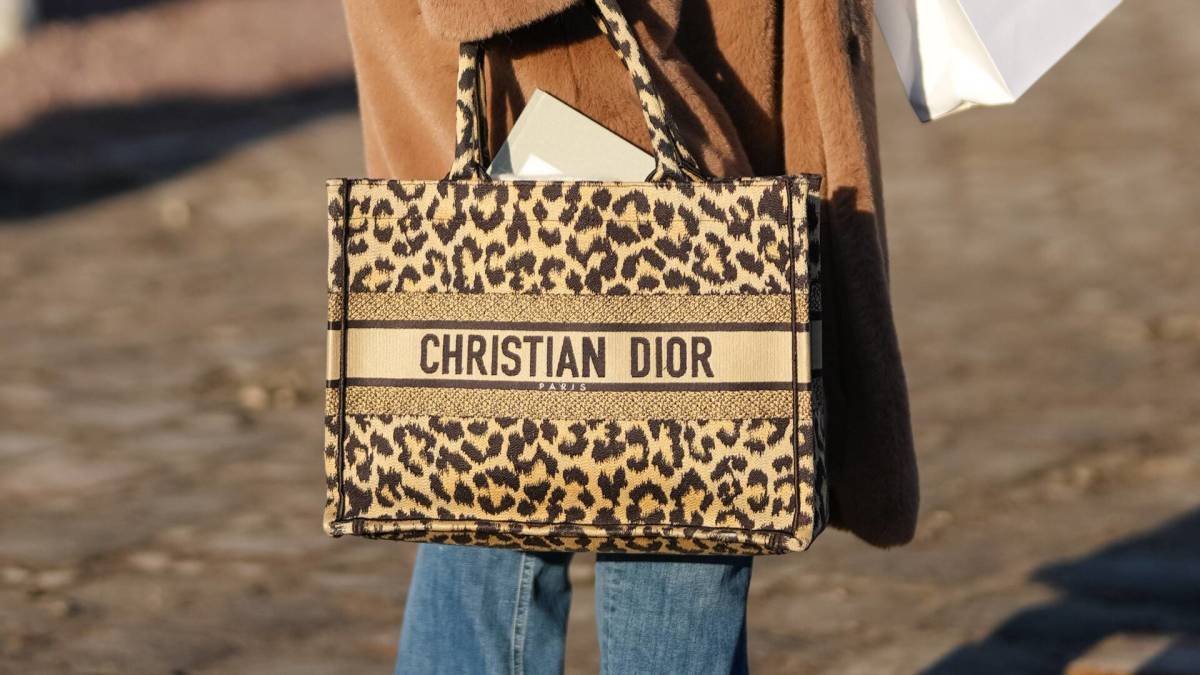
I still remember my first Dior purchase.
They were a pair of high-top sneakers — black and white, covered in the iconic Dior oblique print. They looked like Converse, but they weren’t (unless Converse suddenly decided to charge rent money for sneakers).
Even now, I cringe a little thinking about the price tag. They were the kind of luxury streetwear that made me laugh at myself for even wanting them.
I definitely couldn’t afford them, but I was in a phase of my life where that didn’t matter. I was working hard, chasing dreams, and craving something that felt like a milestone.
Related: Dior suffers major loss as trailblazing designer exits
So one day, I walked into the store on a whim — no budget, no plan — just vibes and a reckless sense of confidence. I walked out with that signature Dior shopping bag in hand and absolutely no regrets.
Wearing those sneakers felt like a statement. They represented access — not just to fashion, but to a world where I could own something iconic and wear it like it was made for me.
That’s the thing about Dior. It’s personal, not just part of your wardrobe.
And now, the brand is making a bold move, which could shake the very identity that made people like me fall in love with it in the first place.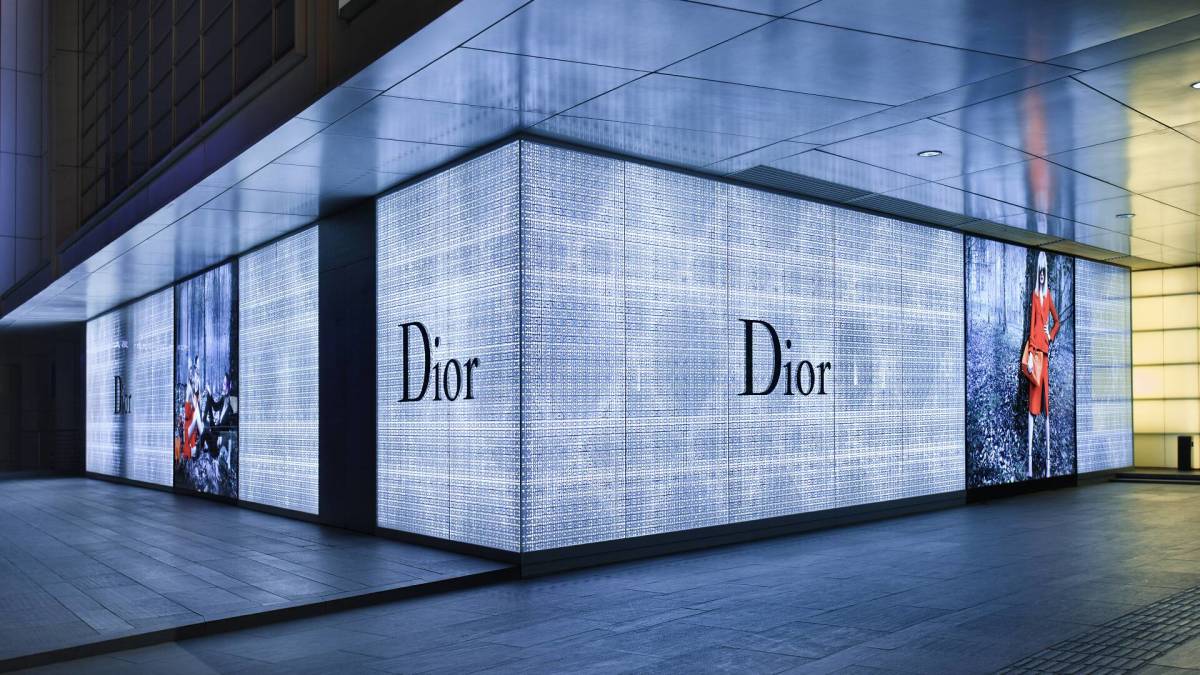
Dior gives one designer full creative control
For the first time in modern Dior history, one designer will oversee all of it —menswear, womenswear, accessories, and couture.
As reported by Vogue Business on Thursday, Dior announced that Jonathan Anderson will take the reins as head of creation across the entire maison.
This change follows the departure of Kim Jones in January, and now, Maria Grazia Chiuri, who is stepping down after nearly a decade as creative director for womenswear.
Anderson had already been tapped to lead the men’s division in April, but this expanded role gives him unprecedented power over the brand’s vision.
Dior CEO Delphine Arnault framed it as a return to the brand’s roots. Back in Christian Dior’s era, a single creative force led the house.
Related: Louis Vuitton, Dior customers get bad news
“There will be consistency and coherence in the products, but also in terms of communication,” she told Vogue Business. “I think our message will be much clearer.”
Anderson, who is just 40 years old, played a pivotal role in Loewe’s transformation, turning the once-niche brand into one of fashion’s most influential names.
His reputation for merging modernity with craftsmanship has made him one of the most influential designers in fashion today.
But it’s a big bet. Because Dior is doing more than just naming a new creative lead —it’s handing over its entire creative identity to one man.
Dior's risky move could make or break the brand’s next chapter
Anderson’s appointment comes at a critical time. After years of explosive growth, Dior is starting to feel the chill of a cooling luxury market.
Even LVMH’s (LVMHF) fashion and leather goods division reported a Q1 decline of 5%. It's a reminder that no brand, no matter how iconic, is immune to shifting consumer behavior.
That’s why this isn’t just a leadership shakeup — it’s a full creative gamble.
Anderson isn’t coming in to tweak hems or approve mood boards. He’s being handed the keys to Dior’s entire identity, with the hope that his distinct vision can cut through market noise and reignite momentum.
He also faces the challenge of succeeding Maria Grazia Chiuri, who led Dior’s womenswear for nearly a decade and became the first woman to hold that position.
Her feminist messaging, wearable silhouettes, and consistent commercial hits built a loyal following. Filling those shoes isn’t just about designing clothes. It’s about living up to a vision that resonated with millions of women around the world.
Anderson may have the creative chops. But now, he’ll need to prove he can also carry the weight of a legacy.

